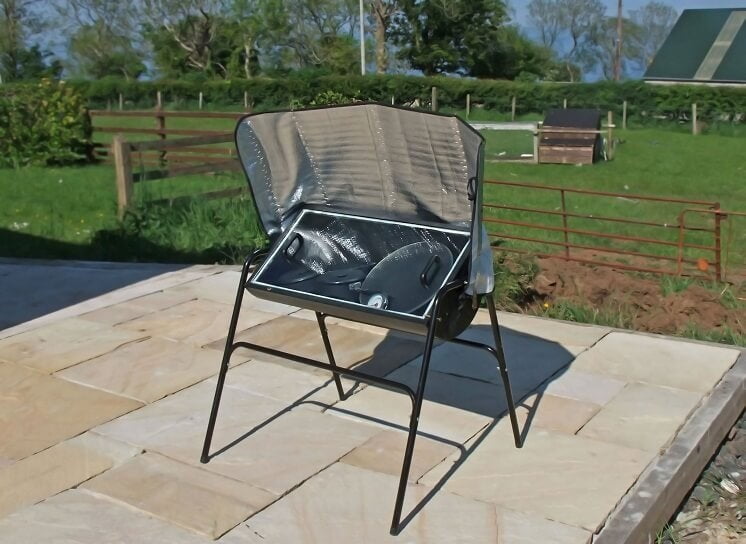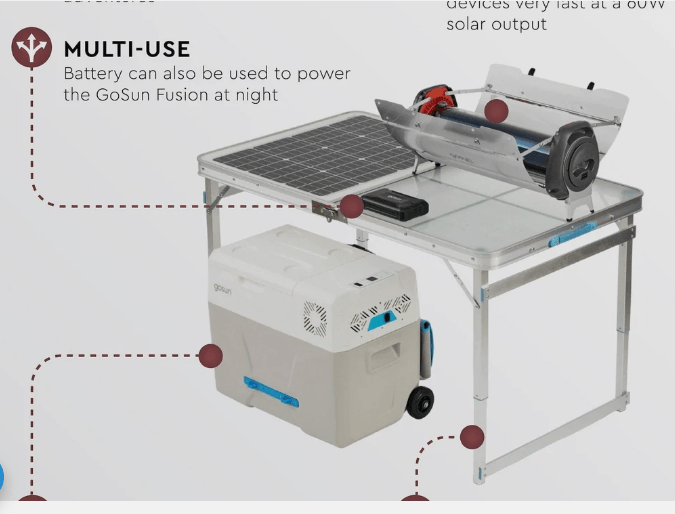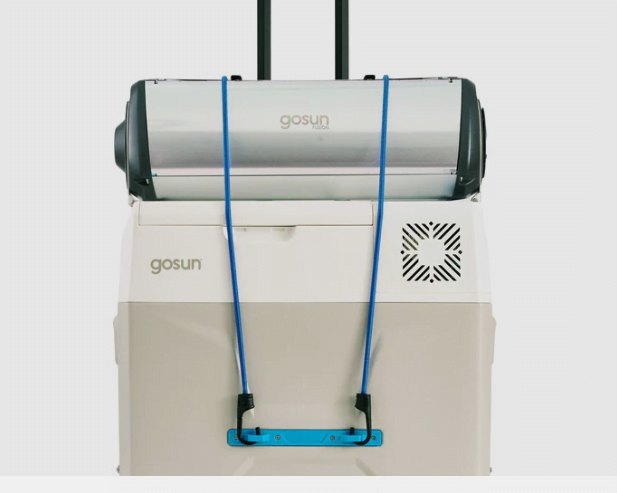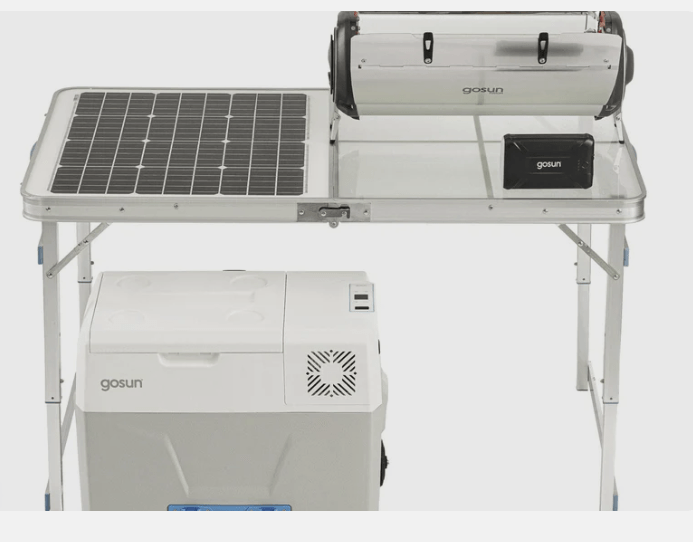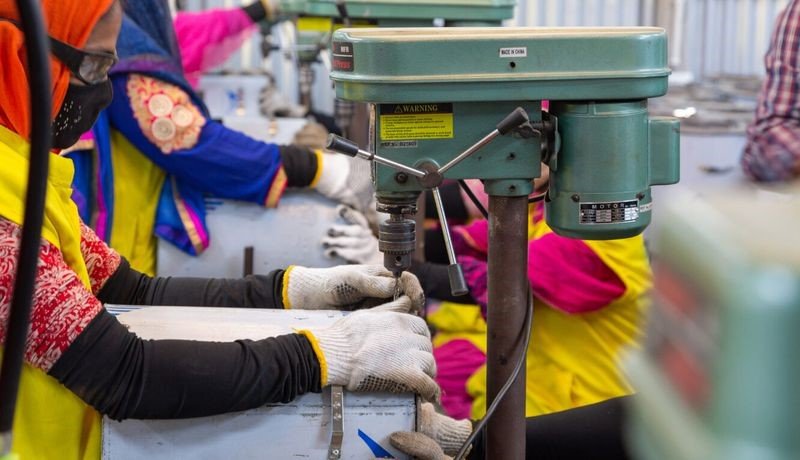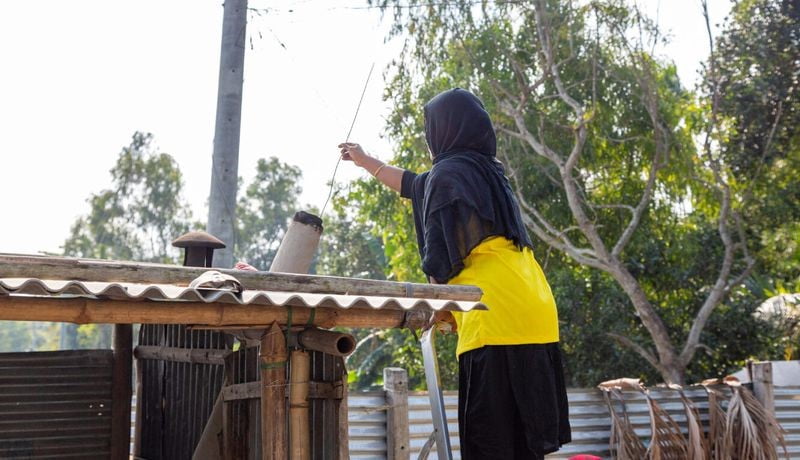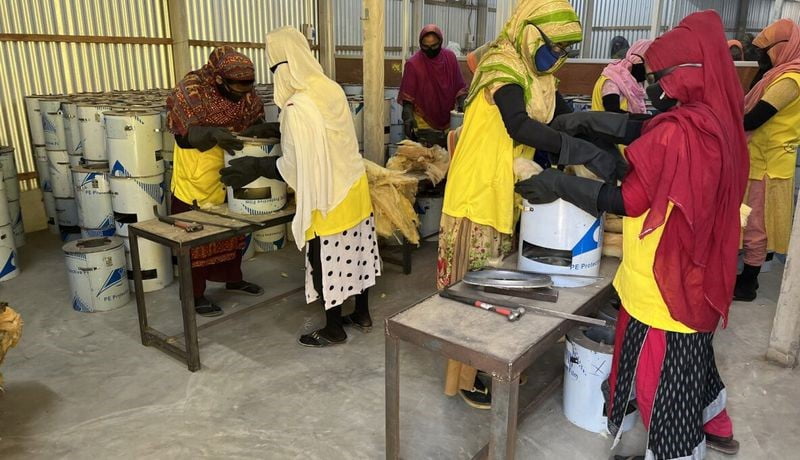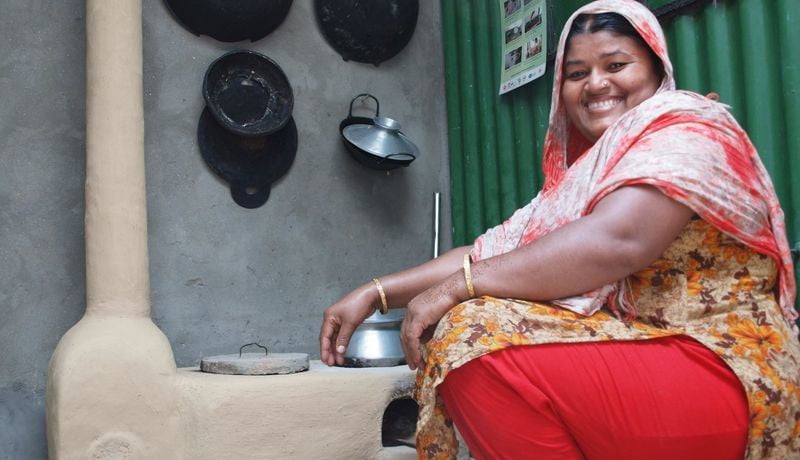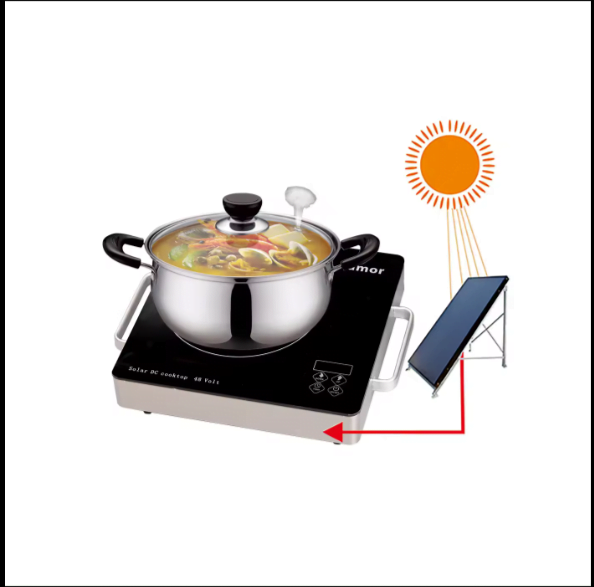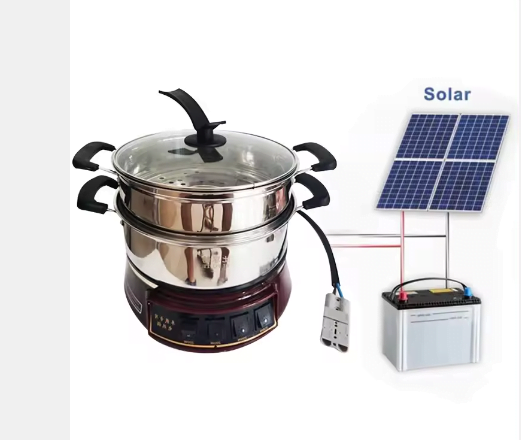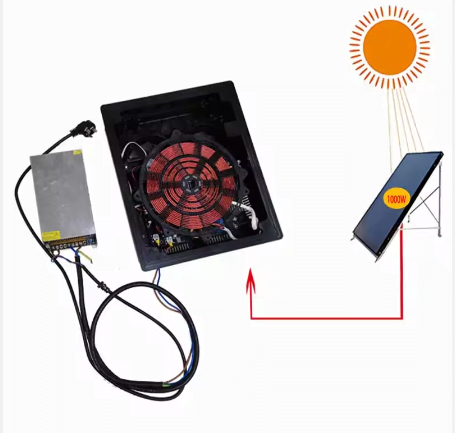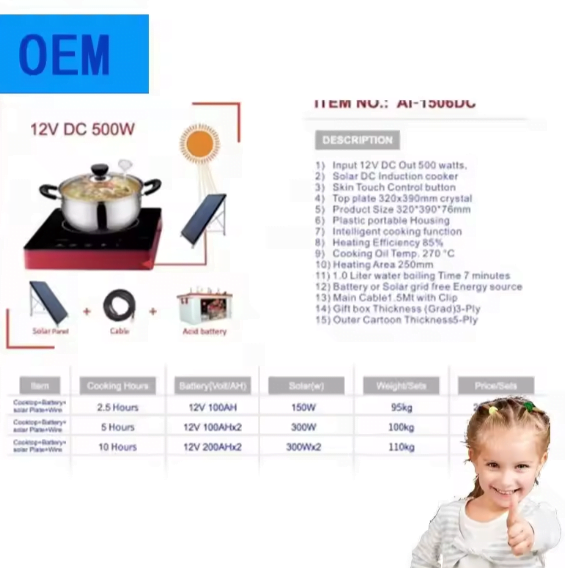What is a solar oven?
What is a solar oven?
A solar oven, also known as a solar cooker, is a device that concentrates sunlight to generate heat, which it uses to cook food or heat liquids without the use of fuel or electricity.
Often used for camping, most solar ovens are relatively easy to transport and set up. You can also make DIY versions using cardboard boxes, aluminium, and Plexiglas.
How does a solar oven work?
Solar ovens work by focusing the sun’s thermal energy. They concentrate sunlight, using mirrored or reflective surfaces, into one single spot where a cooking pot is.
When the ultraviolet rays of the sun hit the dark surface of a cooking pot or other receptacle containing food, they’re converted into infrared radiation – meaning heat.
Glass or other clear materials are used as a lid – either for the pot or the reflective box of the solar oven – to trap the heat. The more heat is generated, the hotter the inside of the solar oven or cooking pot becomes.
This process is also the reason the inside of a car gets hot when it’s left parked outside on a sunny day.
Solar ovens do work in Bangladesh, but they’re dependent on weather conditions.
For a solar oven to work well, it needs to be sunny out, although they can sometimes work under light clouds.
Solar ovens also work at temperatures as low as 0°C, so you don’t need to wait for a heat wave to use one in Bangladesh.
However, solar ovens do work better when it’s hot out, since they don’t need to build up as much heat, and they don’t lose warmth as quickly as they do in colder weather.
What type of food can you cook in a solar oven?
You can cook almost any type of food in a solar oven.
That being said, it might be difficult to grill food such as bacon and eggs in a solar oven, or to cook pasta. That’s because boiling water or grilling food requires a higher temperature than most solar ovens can create. Some types of solar ovens can do this, but they’re expensive and not as common.
This doesn’t mean you can’t cook eggs or bacon using a typical solar oven; they just won’t be crispy.
In general, solar ovens work best with meals that are slightly wet and can be cooked in one pot. This includes stews, baked beans, shakshuka, and rice dishes. They can even be used to bake desserts, such as cakes or biscuits.
The three main types of solar ovens are box solar ovens, panel solar ovens, and parabolic solar ovens.
Box solar ovens are, as the name suggests, in the shape of a box. They typically have an interior that’s lined with a reflective material, and a clear lid that can be opened and closed.
They’re well insulated, and can get as hot as 150°C. Plus, if they’re large enough, multiple cooking pots can be placed inside them to cook food.
Panel solar ovens are made of reflective panels. One panel serves as a base, and the others form a closed square or hexagon. The cooking pot is placed in the middle of the panels, on the base.
Advantages of solar ovens
-
One key advantage of solar ovens is that they offer emissions-free cooking. They aren’t powered by fossil fuels, unlike gas stoves, and they don’t require electricity, not all of which is generated sustainably.
-
Because solar ovens are powered by the sun, they’re also a good backup if you run out of power from your generator when camping – or if you just want to preserve power for things such as charging phones.
-
Plus, since solar ovens require zero fuel or electricity, they’re completely free to run – fuel and electricity (unless it comes from a portable solar panel) cost money.
-
You don’t need to spend money on a solar oven either; you can actually make DIY versions with materials you have at home. One way to do this is with an old cardboard box, lined with aluminium, and a glass or plastic sheet.
-
Solar ovens use sunlight to cook food without the need for fuel or electricity
-
The three main types are box, panel, and parabolic solar ovens
-
ExpoTech Solar ovens cost between 15,000 taka and 35,000 taka, on average
-
Solar ovens have been around for decades, and have become popular among outdoor enthusiasts as a way to cook food on campsites, or even in the garden.
-
They’re also commonly used in rural communities in China and India, which don’t always have access to reliable sources of fuel or electricity for cooking.
-
We’ll go over exactly what solar ovens are, how they work, and what you can cook in them in this article. We’ll also assess their pros and cons, and talk about how much they cost.
Clean Cooking: A Recipe for Success
Nearly 1 in 3 people across the world still do not have access to clean cooking technology, instead, they rely on biomass fuels such as wood and charcoal for cooking and heating. Not only does this create 1 billion tonnes of emissions annually, the same as the aviation industry, it also contributes to four million deaths per year from indoor air pollution – more than HIV, Malaria and Tuberculosis combined.
With responsibility for cooking often falling to them, women and girls are disproportionately impacted by the negative consequences. Installing more efficient cook stoves may be a simple solution, but the human impact is huge, as you’ll see in the images below.
Bondhu Chula Bangladesh
The Bondhu Chula project in Bangladesh, created by the Bondhu Foundation, has created a specialist programme to train women to become stove maintenance experts, visiting homes to carry out checks and repairs on stoves. These jobs as maintenance specialists are entirely new income-generating opportunities and focus on recruiting women – they are the experts as the primary users and beneficiaries of Bondhu Chula stoves in Bangladesh. Crucially, carbon finance is used to subsidize 50% of the cost of stove installation, provide after-sales services and a week-long training programme for local entrepreneurs.
